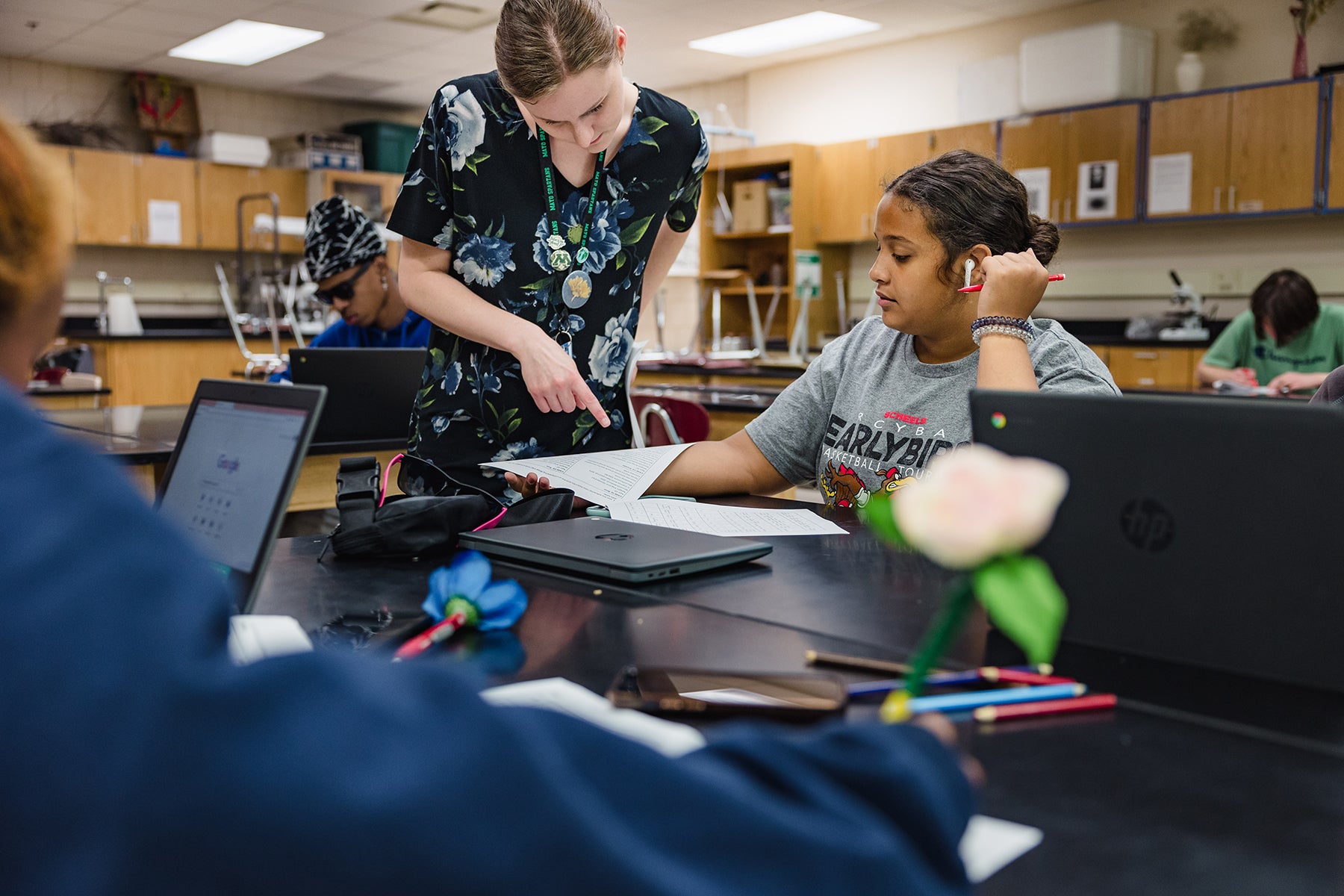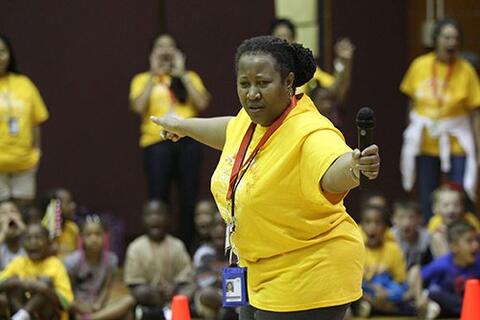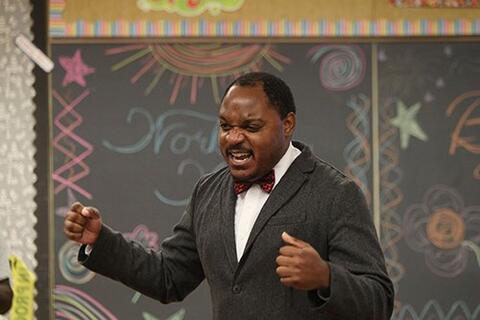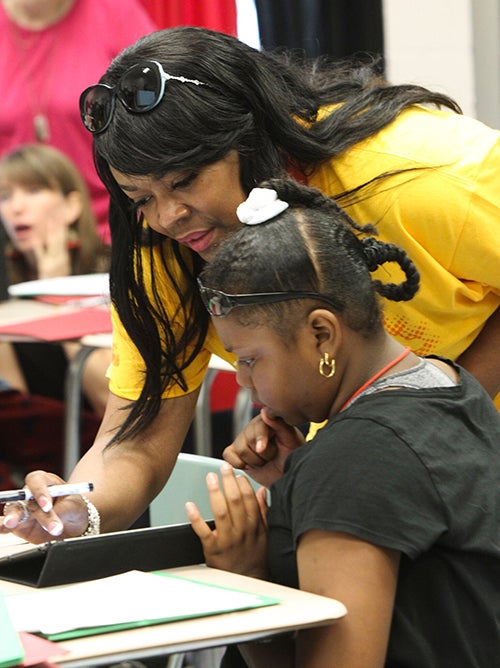Breadcrumb
- Wallace
- Toolkits
- Summer Learning Toolkit
Summer Learning Toolkit

Staffing & Professional Development
A strong body of education research shows that the quality of teaching has the largest impact of any school feature on student outcomes. The same holds true for summer programs. Students benefit the most from experienced and capable instructors who are well prepared for their roles. RAND found that teachers with relevant content knowledge and grade-level experience were associated with better student outcomes in math and reading.
A successful summer program requires a thoughtful approach to recruiting, hiring and training all staff. Because some union regulations prioritize seniority in their hiring by default, districts may want to work with their union to enable selective hiring that suits the specific climate, culture and goals of the summer program. For enrichment providers, districts may offer professional development on classroom management or instructional strategies to complement their subject-matter expertise. For all staff, opportunities to practice delivering the curriculum during staff training are essential for successful implementation during the program.

Example Milestones for Staffing and Professional Development

Determining staffing needs and hiring selectively
Staffing your summer program is a big job. Besides teachers, you likely need support staff, site leaders and a variety of specialists. Determine staffing needs in the fall and begin recruitment in early winter.

- Be realistic: Use historic no-show and attendance rates, not enrollment figures, to accurately project the number of staff needed for the summer program.
- Cover your bases: Develop a site staffing model to ensure that critical functions related to attendance, professional development, behavior management, enrichment, instruction, meals and transitions are covered.
- Aim high: Develop selective hiring procedures with the union to ensure you can hire the most qualified teachers.
Related Resources
Samples - Pittsburgh Site Leadership Staffing Model
Describes key positions and roles and responsibilities by program site
Samples - Summer Staff Job Descriptions
Includes descriptions for central office, site coordinator, instructor and support staff roles
Providing sufficient training and professional development
Professional development is the link to ensuring that program goals and plans translate into positive experiences for youth and staff and ultimately benefit students.
- Use time wisely: Provide all staff with a handbook of key policies, contacts and schedules to avoid discussing logistics that can be covered in writing.
- Provide context: Talk about the families and students being served to underscore why the summer experience and program elements are important.
- Share the experience: Include all instructional support staff in curriculum training and practice sessions with teachers.
- Be consistent: Model appropriate behavior-management strategies to ensure a unified approach throughout the program day.

Related Resources
Tip Sheet - Planning High-Quality Professional Development
Includes a focus on logistics as well as content and agenda
Sample – Dallas Summer Staff Handbook
Comprehensive guide on summer learning policy and governance for staff
Sample – Pittsburgh Site Leadership Handbook
Describes staff roles and includes staff training agendas
Additional Staffing & Professional Development Resources
The Toolkit includes additional examples to help you develop staffing MOUs, hire staff, and create handbooks with important information about the program, its mission and goals, and policies.

Related Resources
Sample - Duval Summer Staff Handbook
Sample for communicating program schedule, policies, locations and assessments
Sample - Duval Staffing MOU
Agreement with the teachers’ union including eligibility criteria for teacher selection and hiring
Sample - Pittsburgh Site Leadership Application
Sample tool to recruit and screen candidates for site-level leadership positions
Sample - Rochester Summer Staff Handbook
Includes a behavior- management strategy with related classroom rubrics and techniques
Tool - Summer Planning Calendar
Comprehensive to-do list by month and topic paired with expert guidance
GET THE LATEST UPDATES
